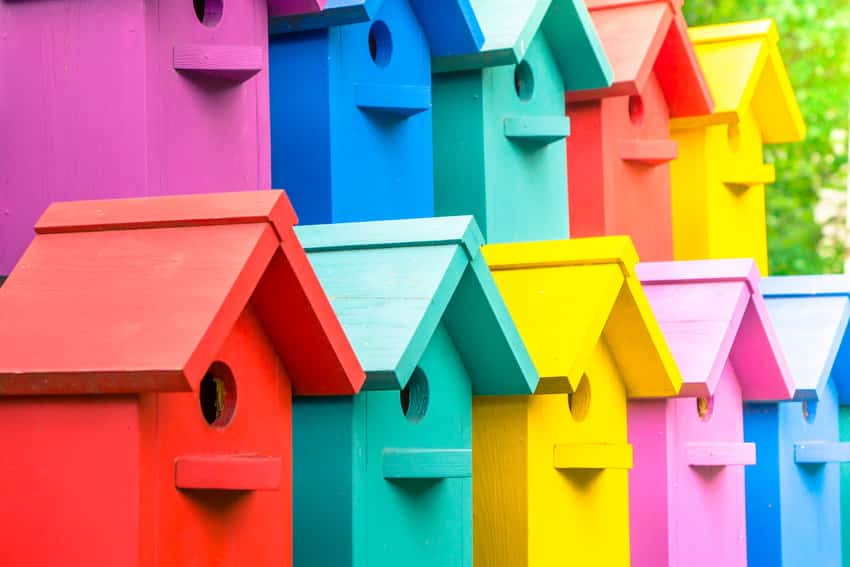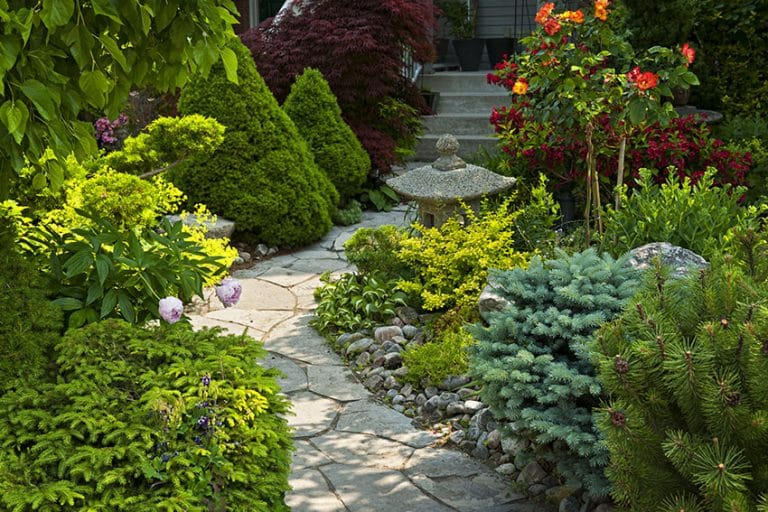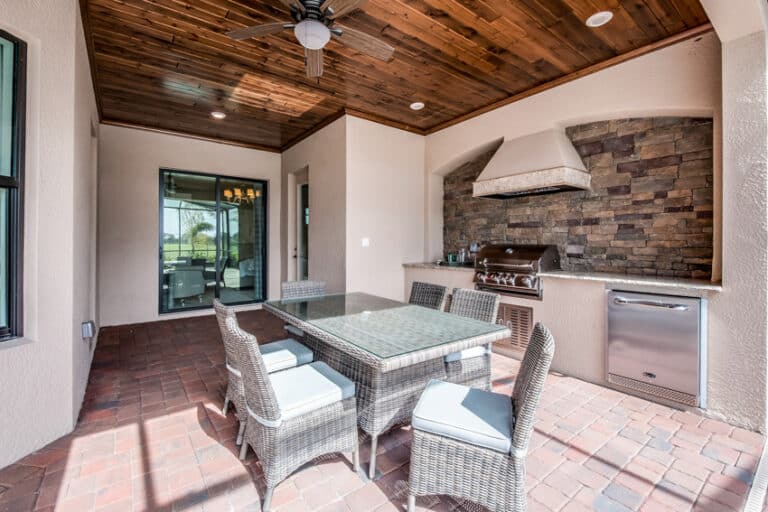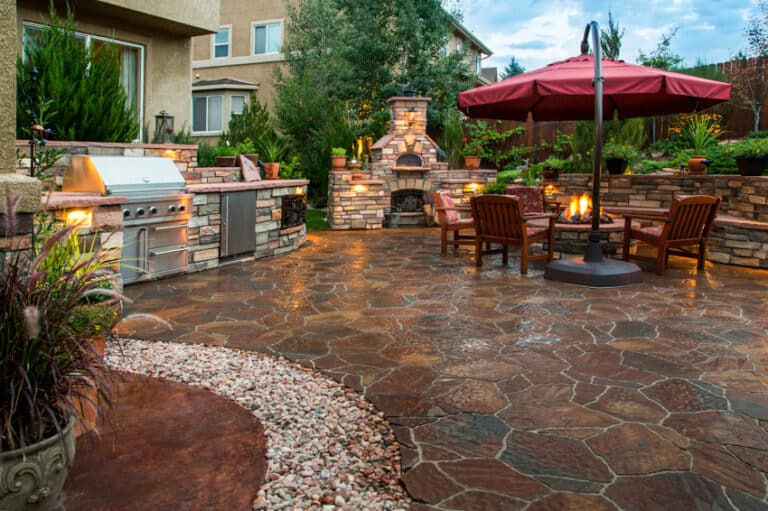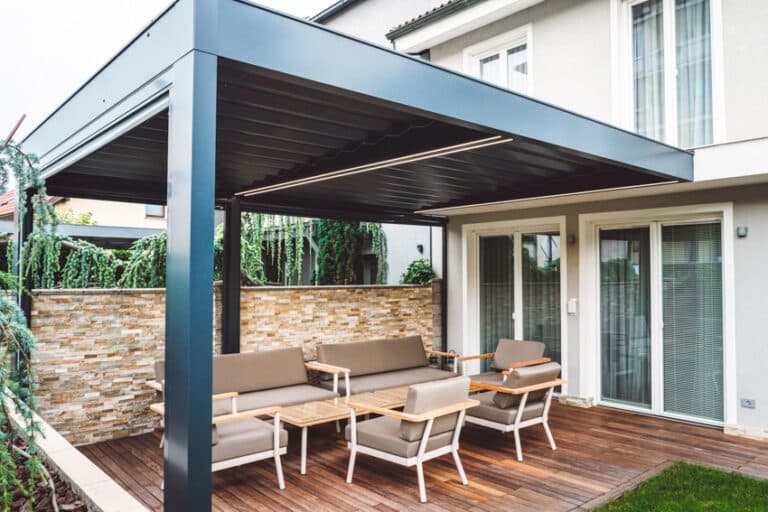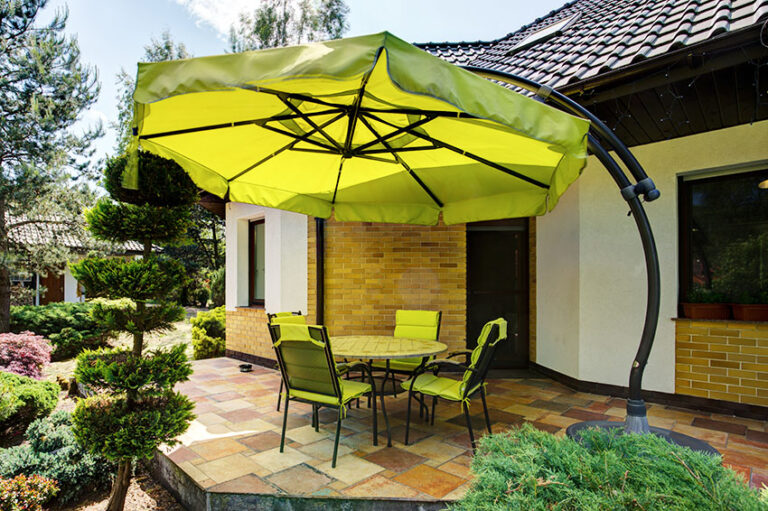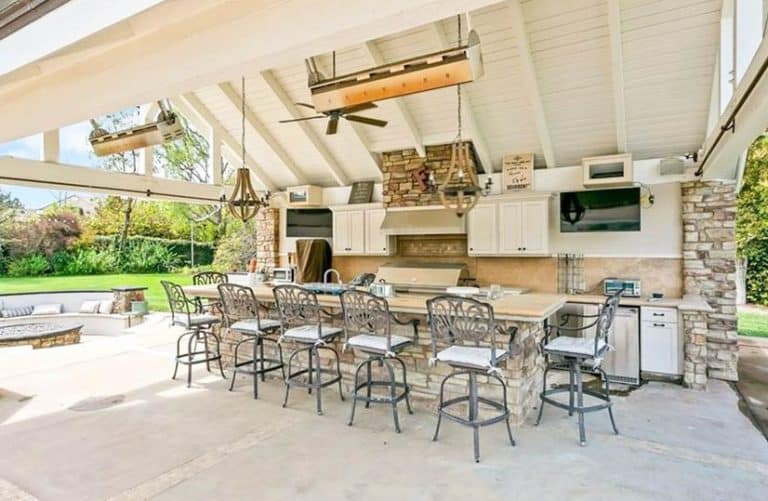What Colors Attract Birds? (Create a Bird Friendly Yard)
A guide on what colors attract birds including colors that attract birds to bird feeders, bird baths, as well as colors they’re afraid of.
The Scientific Approach Towards Bird-Friendly Outdoor Colors
There’s something beautifully quaint about having birds in a garden or yard. Though tiny and frequently ignored, their presence spells not just multi-colored fluttering ornamentation (and multi-melodic chirping), what with different species having differently hued feathers.
It’s that a healthy number of them around is a sign of a healthy lawn. That, and they pollinate flora while acting as your plants’ natural protectors against pests.
To all bird-enthusiasts (us, included), there are proven ways on how to effectively call their attention in a passive-non-aggressive and awesomely creative way, through colors.
Are Birds Attracted To Color?

Bird Colors
From bird to bird, certain hues are a means to identify with their own species. Beyond this, vibrant colors tell them that a particular flock is worth following as opposed to the rest. Bird “clicks” and “groups”, if you will.
It’s also how they attract their potential mate. The same precedence holds in that strong colors are translated to a strong and healthy mate.
Colors In The Environment Around Them
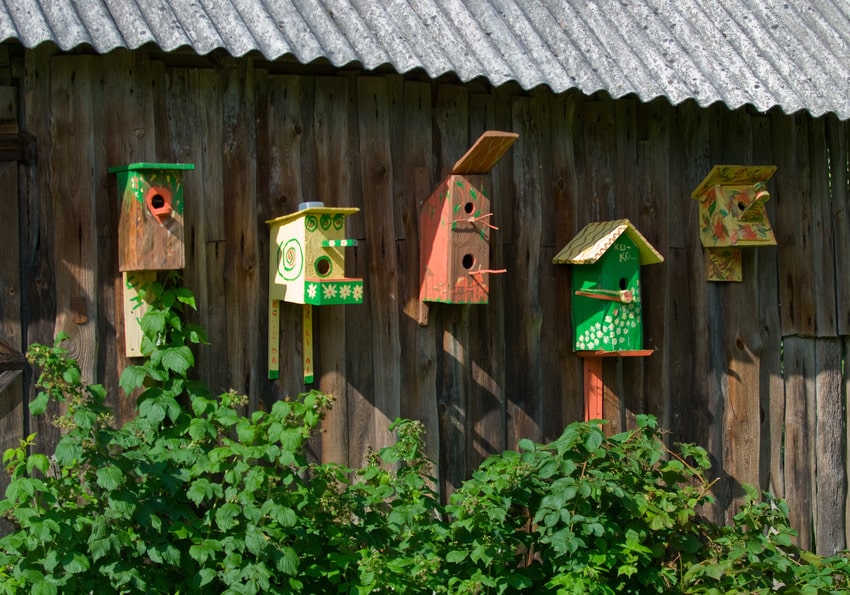
Hence, migration is at the offing and their flock or family needs to get a move on with preparations for a long flight ahead.
Supplementary, tints on foliar and fruits are markers of their edibility. Distinctly colorful shades are comprehended as warnings, informing birds to stay away from them as they may contain lethal poisons or toxins.
On the contrary, fruits that carry lively colors imply freshness; that the fruits are ripe for pecking.
Colors That Birds Are Most Attracted To?
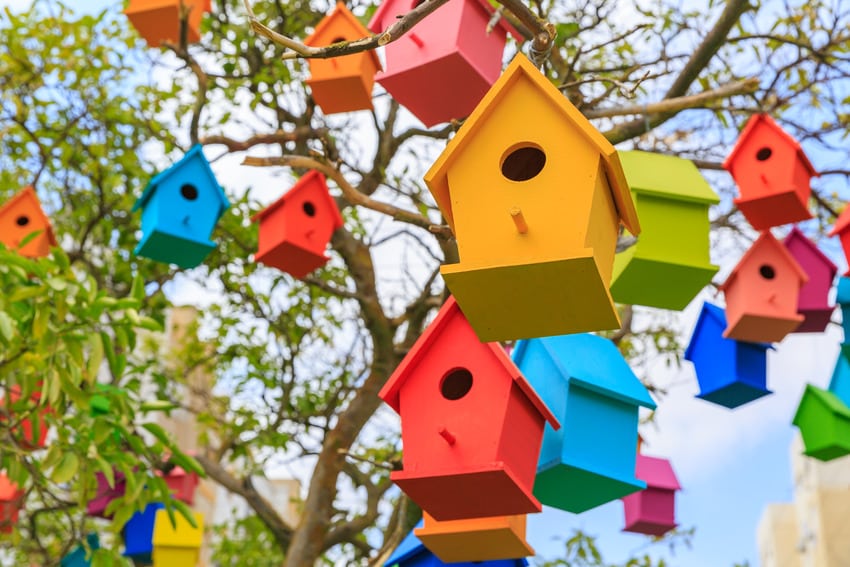
The pretext supporting this is that red is most visible in their line of sight. Secondly, other species, especially those that do not belong to the class Aves (scientific classification for “birds”), are drawn away from red flora.
This leaves the birds with more nectar which they can extract with ease, and without overwhelming competition.
Yellow. While yellow isn’t as dominating in the eyes of birds, it still holds a close second to red. Nocturnals are easily attracted to it because it remains visible even when the sun isn’t at its highest point in the sky.
And notwithstanding how bees seem to favor this color too, you can expect cardinals to stop by if you have yellows in your yard.
Blue, Blue-Green. Blue and blue-green are go-to’s as well. Only, unlike the rest of the colors on this list, there isn’t a single boxed-in answer as to why this is so.
Some experts say that it has to do with the association of blue shades with nighttime (for nocturnals), the sky, or water. However, we should point out that bluebirds, in particular, commonly perch atop objects that have the same hue as their feathers.
Orange. The concept behind this is that it’s a color that resembles red. After all, both sit next to each other on the color wheel.
As evidenced by research, this correlation to “red” may be what invites birds to “orange.”
What Colors Are Birds Afraid Of?
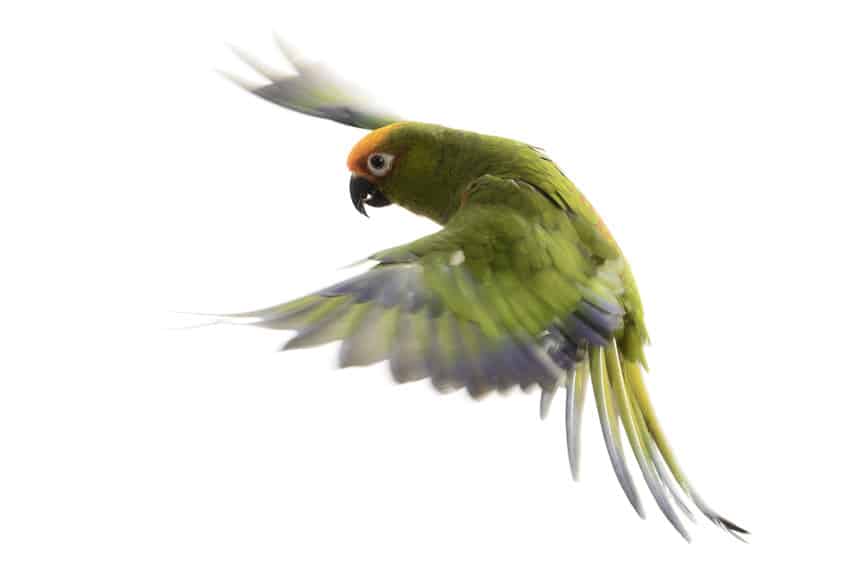
It’s an alarm signal to them that danger is nearby. Thus, they will stay as far away from it as possible. Add to that how birds with a plumage containing white use this color to warn others of similar dangers.
We understand that white and neutral shades are easy on human eyes in the context of design and repainting. But when talking of bird-calling and welcoming, try to stick to the main colors mentioned above.
Color For Attracting Birds To A Bird Bath?
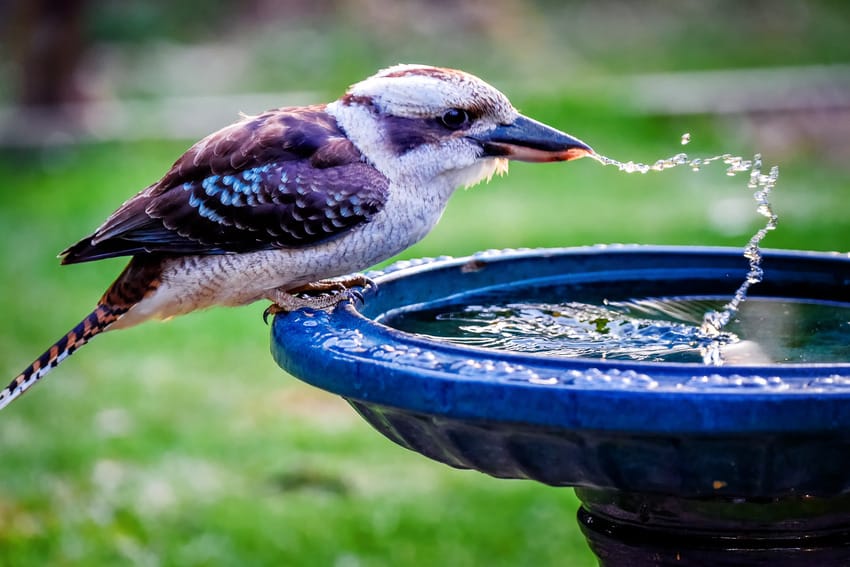
You can bring in greens and earth tones to hit two birds with one stone (see what we did there?). Neutrals are the safezone. Then, insert patches of bird-attracting colors in corners or sections of it.
Colors That Attract Birds To Feeders?
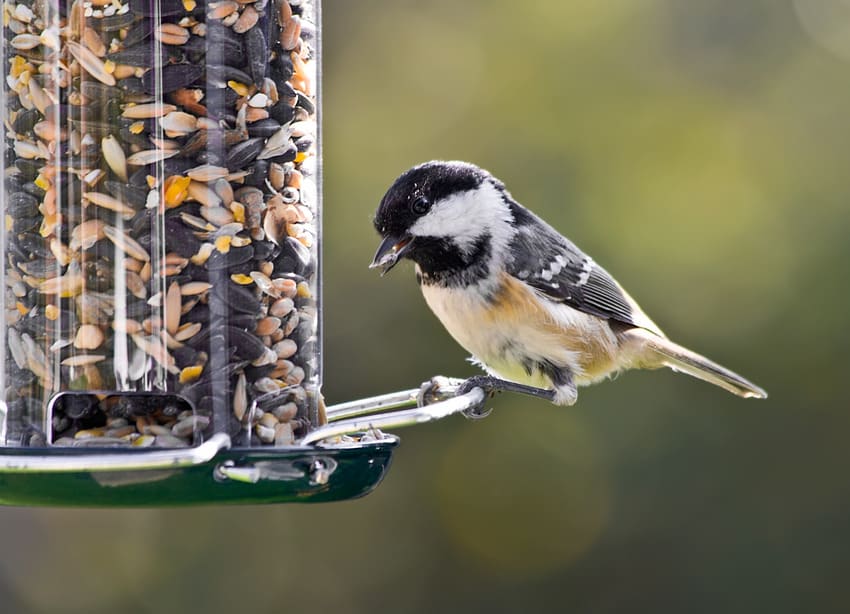
On that note, it’s beneficial to utilize hues that blend well with the environment too, which will allow bird feeders to harmonize with the colors found in nature. Count it as an extra step to making the feeder less intimidating.
Doing this won’t have the feeder sticking out like a sore thumb by appearing unnatural and artificial. Mother Nature’s hues plus particular bird-inviting pigments equal a recipe for potentially winning birds over to your outdoor bird feeder.
What Color To Paint Birdhouse?
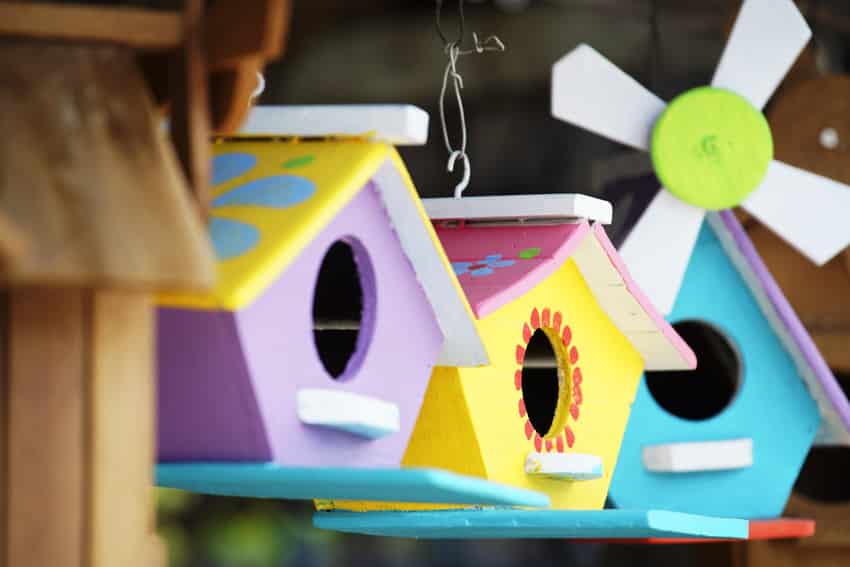
Observe the color guidelines above. For birdhouses, you can feel free with adding as many bird-friendly colors to your delight.
Ultimately, a birdhouse is where you’ll want bird species to stay every so often and have a bit of respite before heading towards the skies once again.
Neutral colors may help the birdhouse blend in better with the overall design aesthetic of your home. Colors such as tan, flat green, or gray can help blend with the look of the home depending on its style.
However, take note that dark colors in hot areas can lead to a birdhouse overheating and even encourage toxic bacteria growth. Another consideration is that bright colors can bring in unwanted predators, so try to avoid fluorescent or iridescent paint colors that may be overly bright.
To keep things safe for the birds, only use water-based latex paint or safe organic wood stains. Make sure to avoid painting the inside of the birdhouse where they might peck and accidentally ingest paint.
When you do paint, wait several days before hanging the birdhouse to allow time for potentially harmful odors to dissipate.
Visit this page on walkway ideas designs for more outdoor spaces ideas and improvements.

